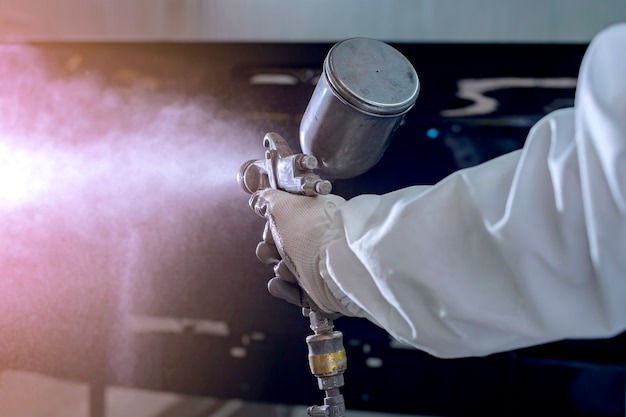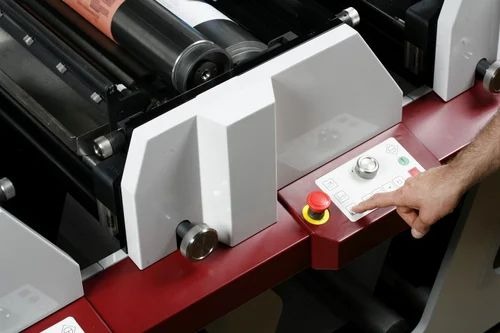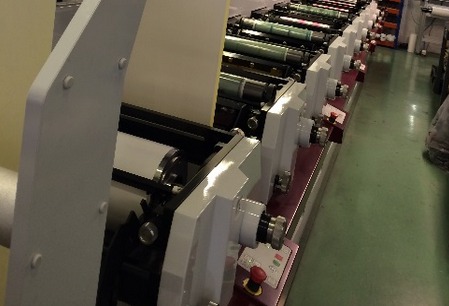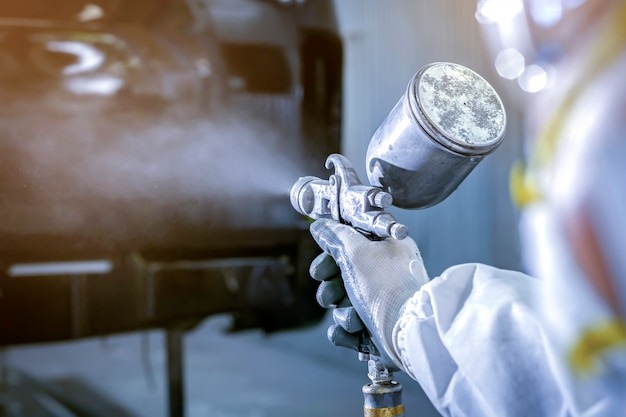Trattamenti superficiali
All’interno della propria sede, infatti, l’azienda dispone di macchinari per: la brunitura dei metalli, la sabbiatura delle superfici, la cromatura dei metalli, la zincatura dei metalli, la lucidatura dei particolari.

Verniciatura



